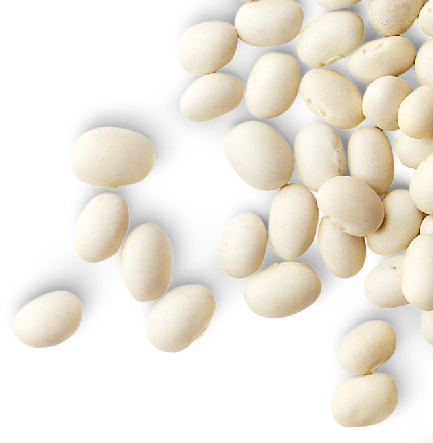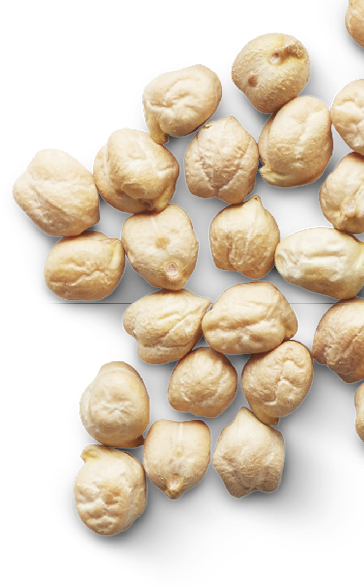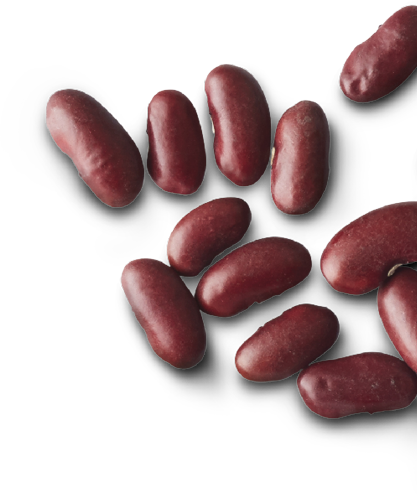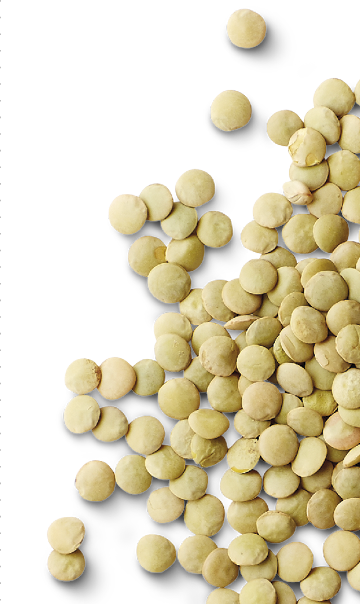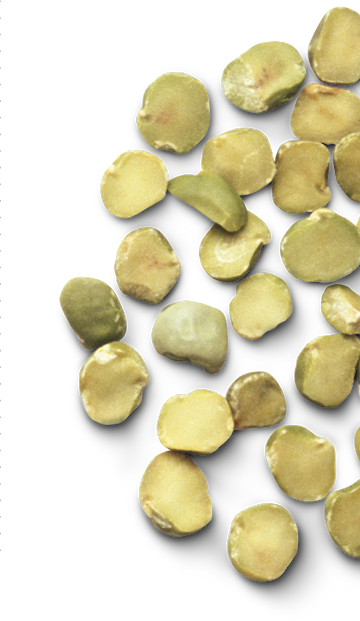-SUPERGROUP-
PULSES
Good intakes of pulses (what are the dried seeds of legume plants), such as beans, chickpeas, lentils, and dried peas, are linked to a host of health benefits, reducing the risk of many age-related problems, including heart disease and type 2 diabetes. They’re also a great weight-loss food, and an excellent source of nutrients for all, but are particularly useful for vegans and vegetarians.
Pulses are in the unique position of counting as both a protein-rich food and a vegetable. All these popular pulses are good sources of fibre, protein, iron, and calcium.
Haricot beans
- have one of the highest amounts of calcium, a nutrient vital for strong bones and protecting against osteoporosis, of all the pulses.
Chickpeas
- contain good amounts of vitamin E, an antioxidant that protects cells from free radical damage and is needed for healthy skin.
Kidney beans
- are the star of the pulse world for their high fibre content, which is important for weight management and those with type 2 diabetes, plus they’re rich in antioxidants
- include different types such as red kidney, cannellini, and flageolet.
Lentils
- are a good source of iron
- come in various colours: choose green or brown for 20 times more selenium and 42 per cent more copper.
Black-eyed beans
- are the richest source of folate of the pulses; folate is very important for the immunity and for healthy blood.
Black beans
- get their dark colour from anthocyanins – antioxidants with many protective and beneficial properties.
Split peas
- are a great nutrient all-rounder and fibre provider
- don’t need soaking before cooking.
Studies show a daily serving of 80g (3oz) offers the best health benefits – choose a variety to ensure a range of nutrients.
All beans are nutrient rich, but canned varieties are a little less so than dried versions. If using canned, choose pulses in water without added sugar or salt.
Store pulses in a cool, dry place.
You need to cook pulses before eating. Soak most dried pulses first to rehydrate, then discard the soaking water and cook.
Better heart health
Pulses have many heart-healthy benefits. A landmark study that compared diets and heart health in seven diverse countries found a strong link between good amounts of pulses in people’s diets and fewer deaths from heart disease.
 22%
22%
reduction in risk of heart disease when eating pulses four or more times a week, rather than less than once a week.
Drop in diabetes risk
One study found that regularly consuming large portions of pulses (200g/7oz five times a week) improved blood sugar control, making them great foods for people with insulin resistance or type 2 diabetes. Plus, a large study found that women who ate the highest (compared with the lowest) amounts of pulses reduced their risk of developing type 2 diabetes by nearly a quarter.
Digestion benefits
Pulses help to keep the digestive system healthy in varied ways (see below). Their undigested oligosaccharides (a form of carbohydrate) and resistant starch (starch that isn’t digested) provide food for good bacteria in the large intestine, which helps them flourish. Pulses also contain insoluble fibre, making stools softer and easier to pass, and protecting against diverticular disease, bowel cancer, and haemorrhoids (piles).
Weight control
Pulses can help us to manage our weight. They have a low glycaemic index (GI), so keep blood sugar steady and prevent energy slumps that lead to snacking. They’re also packed with protein and fibre – a magic combination for improving fullness so you eat less overall.
Cholesterol reducer
A review of 26 studies found a daily 130g (43/4oz) serving of pulses lowered LDL (or bad) cholesterol. This may be partly because pulses are rich in soluble fibre, which binds with cholesterol in the digestive system and stops it being absorbed into the bloodstream.
